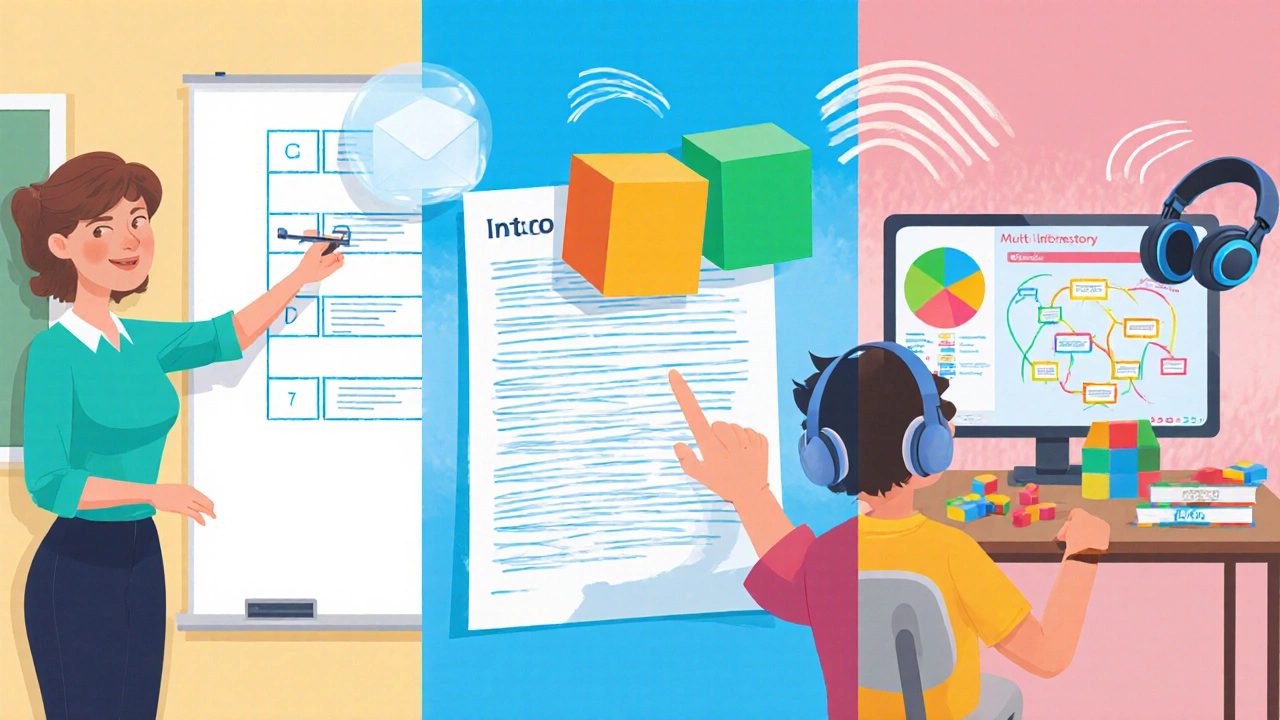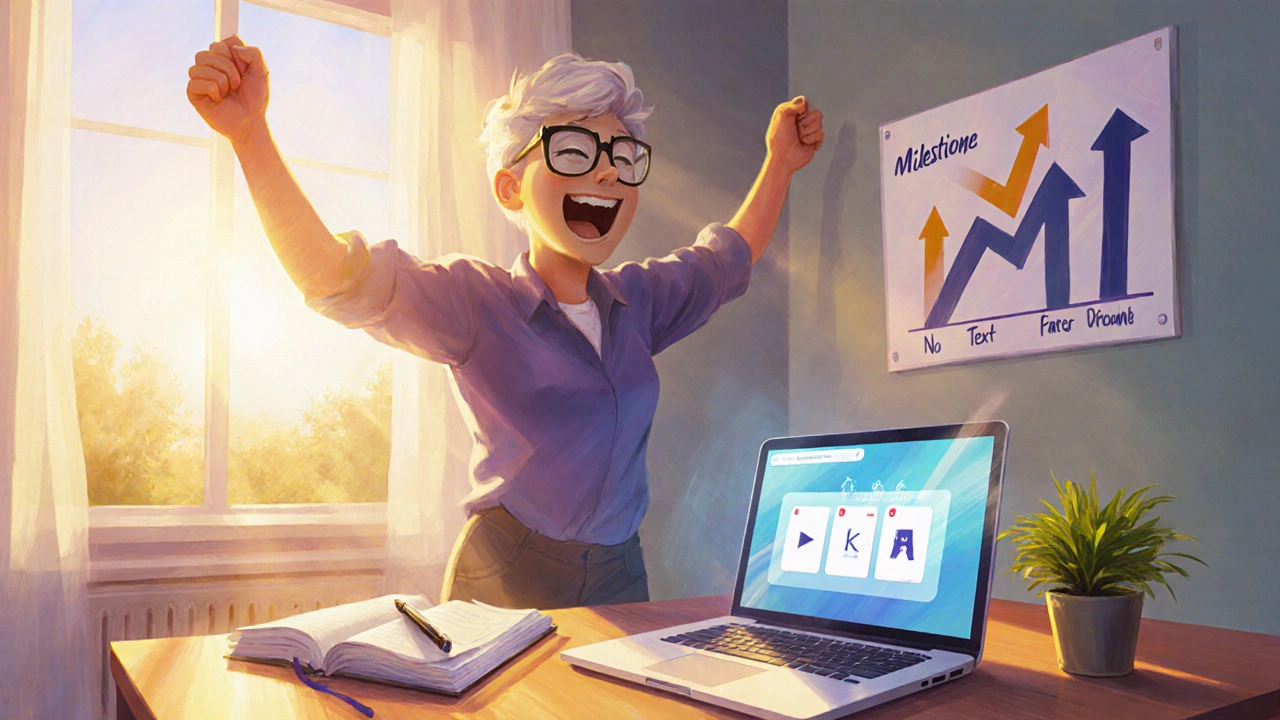Personalized Teaching Strategy Advisor
Find Your Best Teaching Approach
When working with a slow learner adult is a mature student who processes new information at a slower pace than typical learners. the challenge isn’t just about speed - it’s about confidence, relevance, and the right support. Below you’ll find practical steps that any tutor, teacher, or mentor can use to turn frustration into steady progress.
1. Get to Know the Learner’s Background
Adults bring a mix of life experience, job skills, and personal motivations. Start with a short interview or questionnaire that asks about:
- Previous education and work history
- Current goals (e.g., getting a certificate, switching careers)
- Any past learning challenges or diagnoses
- Preferred learning times and environments
Understanding these factors lets you tailor content so it feels relevant, not arbitrary.
2. Create a Safe, Low‑Pressure Environment
Fear of judgment can freeze progress. Set clear expectations that mistakes are a normal part of learning. Use positive language and celebrate tiny wins - a correct verb conjugation, a solved math problem, or simply finishing a reading passage.
Physical comfort matters too. Good lighting, a quiet space, and a comfortable chair reduce distractions and help the brain focus.
3. Core Teaching Techniques
Three proven methods work especially well with Scaffolding, Chunking, and Multisensory Instruction. Each breaks down complexity in a way that matches how adult brains process new material.
Scaffolding
Think of scaffolding like a temporary support structure. Begin with highly guided tasks - model a problem step‑by‑step, narrate your thinking, and let the learner follow. Gradually remove prompts as confidence builds.
Example: When teaching email etiquette, start by showing a perfect email, then ask the learner to copy each section, and finally have them draft a new email with only the headline prompts.
Chunking
Chunking bundles information into bite‑size pieces. For a learner who struggles with long reading passages, split the text into 3‑sentence blocks, summarize each block, then link the summaries together.
Chunk sizes can vary - some adults prefer 5‑minute clips, others a single paragraph. Test and adjust.
Multisensory Instruction
Engage sight, sound, and touch simultaneously. A typical lesson might include:
- Visual: a color‑coded diagram
- Auditory: a brief explanation or podcast snippet
- Kinesthetic: moving magnetic tiles or using a tablet to drag‑and‑drop elements
This triple‑code approach reinforces memory pathways and speeds up recall.
4. Design an Individualized Learning Plan (ILP)
Every adult learner benefits from a written plan that outlines objectives, resources, timelines, and assessment methods. Use a template that includes:
- Short‑term goals (what to master in the next two weeks)
- Long‑term goals (certification, promotion, personal project)
- Preferred instructional methods (visual, auditory, kinesthetic)
- Benchmarks for progress (quizzes, practical tasks, reflective journals)
Review the ILP weekly. Adjust goals based on what’s working and what’s not - flexibility is key.

5. Leverage Assistive Technology
Modern tools can level the playing field. Some useful options include:
- Text‑to‑Speech software for reading large documents aloud.
- Speech‑to‑Text for those who type slowly but speak fluently.
- Digital flashcard apps that use spaced‑repetition algorithms to cement vocabulary.
- Screen‑magnifier extensions for learners with visual strain.
Always trial a tool first; the best technology is the one the learner actually uses.
6. Foster Metacognition and a Growth Mindset
Adults often underestimate their ability to improve. Encourage reflective practices:
- Ask: "What strategy helped you solve that problem? What could you try next time?"
- Keep a learning journal where the student notes successes, frustrations, and next steps.
When setbacks occur, reframe them as data points, not proof of inability. Reinforce the idea that effort leads to skill development.
7. Provide Timely, Specific Feedback
Feedback works like a map. It should be:
- Immediate - the sooner the learner knows what’s right or wrong, the quicker they can adjust.
- Specific - point out the exact step that needs tweaking, not a vague "good job" or "needs improvement".
- Actionable - suggest one concrete next action, such as "re‑read paragraph three and underline the main claim".
Balance praise with corrective guidance so the learner stays motivated.

8. Quick Checklist for Session Planning
- Identify the learner’s preferred style (visual, auditory, kinesthetic).
- Choose one scaffolding level and one chunk size for the topic.
- Integrate at least two sensory modalities.
- Set a micro‑goal and note the success criteria.
- Prepare a single feedback point before the session ends.
9. Comparison of Common Teaching Approaches
| Approach | Main Benefit | Typical Tools |
|---|---|---|
| Visual | Helps organize information spatially, reduces memory load. | Infographics, color‑coded slides, mind maps. |
| Auditory | Supports learners who recall spoken cues better than written text. | Podcasts, recorded lectures, read‑aloud sessions. |
| Kinesthetic | Engages muscle memory, ideal for procedural skills. | Hands‑on kits, interactive simulations, role‑plays. |
10. Frequently Asked Questions
Frequently Asked Questions
How long does it usually take to see progress?
Progress varies, but most adults notice improvement after 4‑6 weeks of consistent, structured sessions combined with daily practice.
What if the learner has a diagnosed condition like dyslexia?
Integrate specialized tools-text‑to‑speech, dyslexia‑friendly fonts, and extra time for reading tasks-while still using scaffolding and chunking.
Can group classes work for slow learners?
Yes, if the group size stays small (no more than 4‑5 participants) and the instructor can give individualized attention during activities.
How often should feedback be given?
Ideally after each task, but at a minimum after every major lesson. Prompt feedback keeps the learner’s confidence high.
What role does motivation play?
Motivation is the engine. Linking lessons to real‑world goals-like getting a job certification-makes practice feel purposeful, which speeds up learning.

